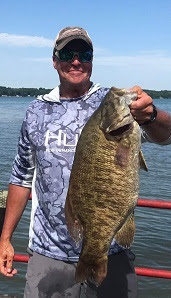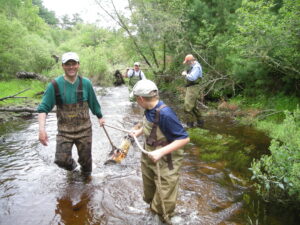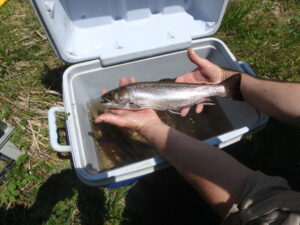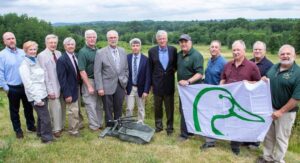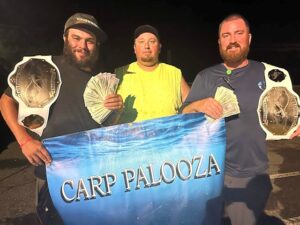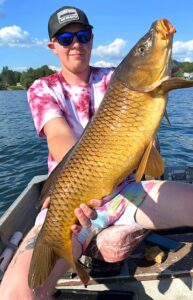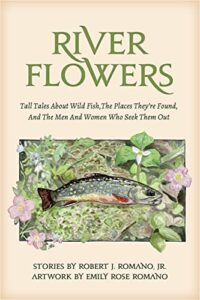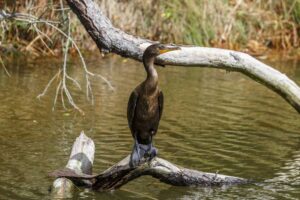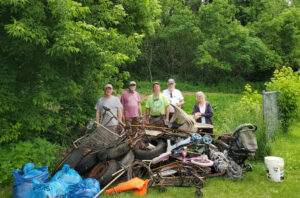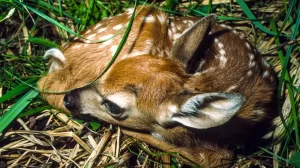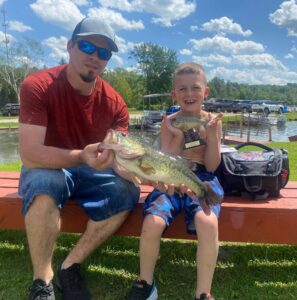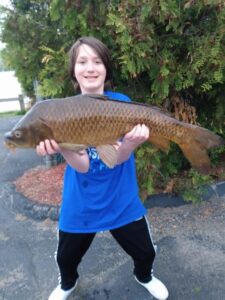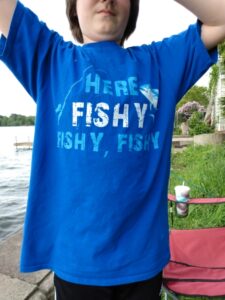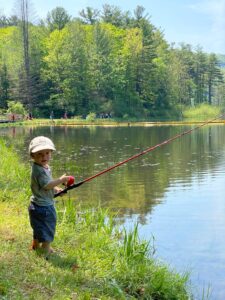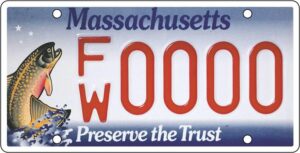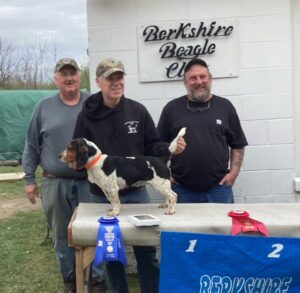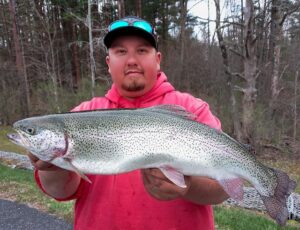At the last Fish &Wildlife Board meeting which was held on Monday, July 18, Board member Stephen Sears of Dalton was elected the new Acting Chairman. He replaced Joseph Larson who served as Chairman since 2017, when he replaced the late legendary George “Gige” Darey of Lenox upon his retirement.
Sears, who replaced Gige as the Western District representative, was first appointed to the Board by Governor Baker in 2017.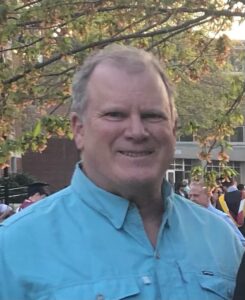
His selection as Acting Chairman comes as a delightful surprise to area outdoor sportsmen and conservationists. Ironically, the day Sears was elected, the Berkshire County League of Sportsmen (BCLS) sent a letter to Governor Baker requesting that he be reappointed to the F&W Board.
“There are many reasons for our request”, the letter stated, “We believe he has done a very good job in his first 5 years on the Board representing his western Massachusetts constituents and those across the state. Fellow members on the Board, the Department of Fish & Game and the Division of Fisheries and Wildlife appear to respect his opinions and have appointed him to serve on several very important subcommittees of the Board”.
“He is knowledgeable in the field of conservation and proper management of our natural resources. He enjoys the outdoors not only as a hunter and fisherman, but also as a hiker, bird watcher, nature photographer, mountain biker, skier, and more. His lifelong love of all aspects of the outdoors comes through very clearly and he is a staunch supporter of many conservation measures. And because of that, his opinions are respected.”
“He is approachable. Environmentalists, outdoor sportsmen, farmers and others are comfortable approaching him expressing their concerns. They know he will take time to evaluate them and, if reasonable, will act upon them. During the recent covid pandemic, the general public was able to sit in on the F&W Board meetings via Zoom and they had a chance to see Steve follow-up on their requests. He then follows up with the people.”
“He communicates with his constituents. Steve attends the BCLS monthly meetings and informs the delegates of recent activities of the Board, Department of Fish & Game and the Division of Fisheries and Wildlife. He keeps us in the loop with their activities.”
“His leadership and/or affiliation with such organizations as the Massachusetts Outdoor Heritage Foundation, Upper Housatonic Valley National Heritage Area, Local Committees such as Notchview Reservation, The Trustees of Reservation makes him a very important member of the Fish & Wildlife Board.”
Robert (Bob) Durand was selected as Acting Vice Chairman of the Board. He replaced Michael Roche who has served many years as the Board’s Vice Chair.
No stranger to the Berkshires, Durand has been an avid outdoorsman and conservationist his entire life, and in 2011 was recognized as such by the Board when it awarded him the Francis W. Sargent Conservation Award. Prior to forming Durand & Anastas Environmental Strategies, he served four terms as State Representative for Berlin and Marlborough, where he lives. He followed that with four terms as a state senator for the Middlesex and Worcester District, during which he chaired the Environment, Natural Resources and Agriculture Committee, and four years as Secretary of Environmental Affairs, under former governors the late Paul Cellucci and Jane Swift.
During his career as a public servant, Durand forged new bonds between the outdoor and sporting communities and environmentalists, bringing these advocates together to support initiatives that strengthened both.
As a legislator, he wrote the Rivers Protection Act and the Community Preservation Act. As Secretary, he protected 150,000 acres of open space, including major bioreserves open to hunting and fishing, helped usher in the nation’s first state regulations on coal burning power plant emissions and oversaw a vigorous campaign to reduce mercury emissions that bioaccumulate in wildlife and people. He also created Biodiversity Days, an annual event that saw tens of thousands of school children from more than 500 schools, fan out across the state to learn about and catalogue plant and animal species, and championed environmental justice and environmental education
Bob has served as the President of the Massachusetts Outdoor Heritage Foundation and served on the Board of Trustees for both The Nature Conservancy/Massachusetts Chapter and the Massachusetts Environmental Trust.
Earnest Foster, from Scituate, MA was elected Acting Secretary of the Board. He replaced Bonnie Booth who served on the Board for 13 years. Foster is heavily involved with outdoor sports and conservation organizations serving on the Board of the Plymouth County League of Sportsmen, a Level one Instructor for National Sporting Clays, Membership Secretary for the Scituate Rod and Gun Club, President of the Ruffed Grouse Society Boston/South Shore Chapter, Past President of the Minot’s Ledge Chapter of Ducks Unlimited, member of The American Chestnut Foundation, Trout Unlimited, Old Colony Sportsmen Club and volunteer for various land trusts.
I’m sure you noted that the three individuals were elected as acting officers. Once all the newly appointed Board members settle in, it is expected that a vote will be taken in November or December to formerly elect them as officers.
New State Record Smallmouth Bass caught in NY
A new state record fish has been established in New York State. On June 15, Thomas Russell Jr. of Albion reeled in an 8 lb. 6 oz. smallmouth bass from Cayuga Lake (Seneca County) while fishing in a Finger Lakes Open Bass Tournament. The smallmouth was caught on a drop shot rig using a soft plastic minnow. After being weighed on a certified scale and getting witness verification, the record-breaking fish was safely released.
In case you are wondering, the Massachusetts state record for a smallie is 8 lb. 2 oz. and 22 inches long cought out of Wachusett Reservoir by Barbara Sasen in 1991.
The world record smallmouth bass came out of Dale Hollow Lake, a reservoir that straddles the border between Kentucky and Tennessee back in 1955. It weighed 11 lb. 15 oz. and was caught by David Hayes.
Amazon Smile
The Lee Sportsmen’s Association’s (LSA) Board has recently announced that it is registered on Amazon Smile. Never heard of it? Me neither.
According to its news release, if you already buy items from Amazon, you can now use the AmazonSmile website (smile.amazon.com) and have a donation sent from Amazon to the LSA. This donation doesn’t cost you, the buyer, anything.
AmazonSmile is a simple and automatic way for you to support the Club every time you shop, at no cost to you. When you shop AmazonSmile, you’ll find the exact same low prices, vast selection, and convenient shopping experience as Amazon.com, with the added bonus that Amazon will donate a portion of the purchase price to LSA.
For information and set up procedures go to: https://smile.amazon.com/ch/26-2691563, and then the next time you want to make a purchase from Amazon go to: https://smile.amazon.com/ to do your purchasing. “Eligible for AmazonSmile donation” on their product detail pages.
Fishing the Collection
The American Flyfishing Museum in Manchester, VT has a new film series entitled Fishing the Collection.
In this new film series, they’re taking vintage rods from their collection and putting them in the hands of modern anglers. As they travel to various locations, bamboo rods of yesteryear are put to the test in both salt and fresh water, and anglers share their take on what it’s like to fish with classic equipment. You might find the results visually captivating and educational, allowing the observer to reflect on how far we’ve come in the development of equipment while also honoring the beauty and style of the past. Featured in this episode is a 1973 Orvis Battenkill, 8′, 8wt, 2-piece rod. Click onto https://www.amff.org/fishing-the-collection to see the film.
They plan to release Episode 2 and 3 in the coming weeks.
Readers may recall previous articles in this column where fishing buddy Paul Knauth of Hinsdale and I always took along a vintage bamboo fly rod when we fished the fabled Ausable River near Lake Placid, NY. Its true, one does get the sense of beauty and style of these rods and think about the anglers who once fished with them in bygone days.

